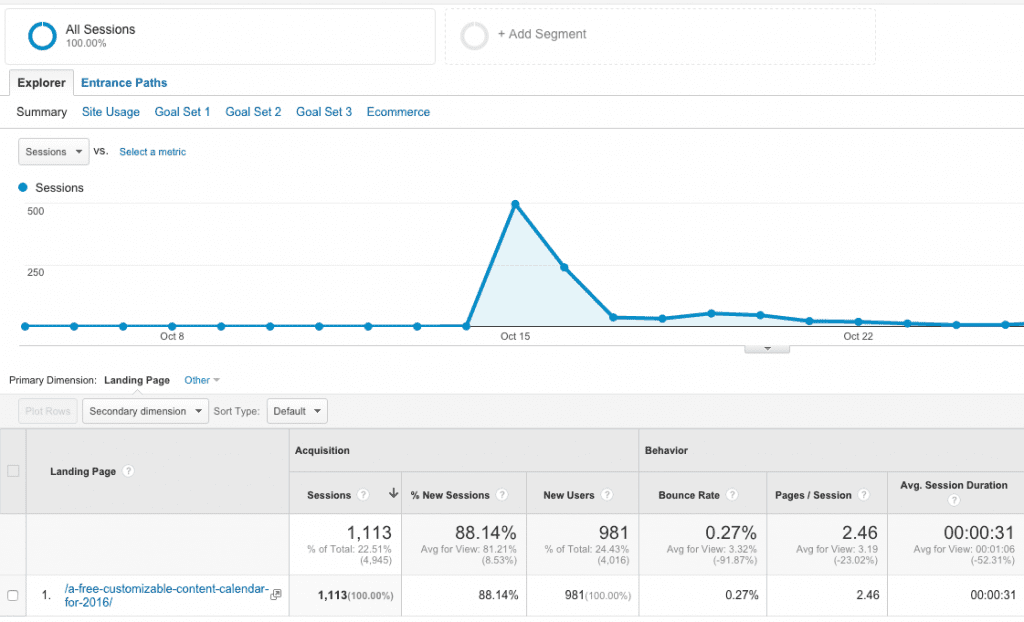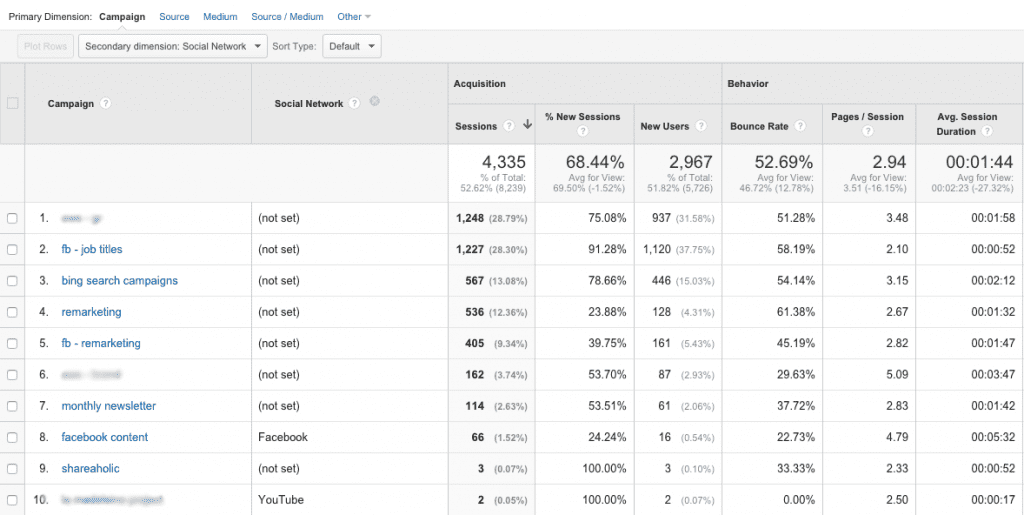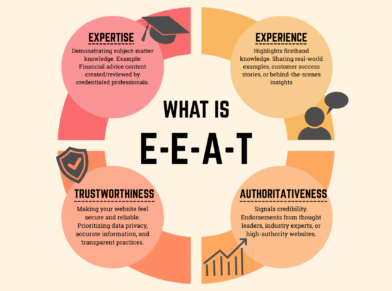SOCIAL MEDIA ROI: HOW TO TELL IF IT DRIVES TRAFFIC TO YOUR WEBSITE

by Claire Parker
The subject of social media ROI is a vast, complex area that we won’t get into — there are far more substantive sources out there on the topic.
What we do want to share is how you can tell if your social media posts are driving traffic to your website. It will however require viewing Google Analytics. If Analytics hasn’t been deployed on your site, make sure it is so you can follow along.
(These would be the most straightforward instructions for creating a Google Analytics account and installing it, with pictures of the process for all of you visual learners out there.)
Let’s say you shared a blog post via social media. On the left-hand menu, go to Behavior –> Behavior Flow –> Site Content –> Landing Pages. Cut and paste the URL path name of the blog post into the search field, then enter.
So for example, we want to see whether our social media shares of https://globerunner.com/a-free-customizable-content-calendar-for-2016/ were effective. You will only paste /a-free-customizable-content-calendar-for-2016/ into the search field. The table that shows up will show the number of visits attributed to this blog post. In this example, we see that the content calendar post was the source of 1,113 visits.

To find out which social media platforms were behind the visits, click on the Secondary dimension drop down menu on the menu bar. Select Social –> Social Network to see the specific platform. In our example, the top network was Reddit, followed — rather distantly — by Facebook.

What is ‘(not set)’? Good question. According to Google, there could be many reasons for getting this value, but it’s generally due to a session having no page or screen views. Other reasons could be bot traffic or the visitor not allowing a cookie to be placed.
One way to get more clarity is to click on the Secondary dimension drop down menu again and choose Acquisition –> Source/Medium. Source would be the originator of the traffic and medium is the method. You should see some social media platforms among the sources.

This appears to be a more substantive view in that you can see visits via mobile which are identified by the ‘m’ before the platform.
Having said that, it’s better to be pro-active rather than reactive.You must’ve noticed that when you share newsletter content that arrives in your inbox that the URL contains UTMs? These were created using Google’s URL builder. Use this tool to generate URLs for your social media posts that will show up in the Campaigns section. The generator will create a unique URL for you showing the source, medium and name of the campaign.
In this example from a client’s campaigns, you will see that Facebook posts drove 66 visits to the website while a video on YouTube resulted in two visits. Identifying these social-sourced visits in a campaign allows you to find richer data along their customer journeys, whether that be downloading a gated piece of content, filling in a contact form or, in the case of e-commerce, ending in a purchase.

Claire Parker is Globe Runner’s account manager for small- and medium-sized businesses (SMB). Determining whether your social media efforts result in site visits is just one metric that SEO can teach social media or public relations practitioners. Read more about what SEO can teach PR and vice-versa.





















